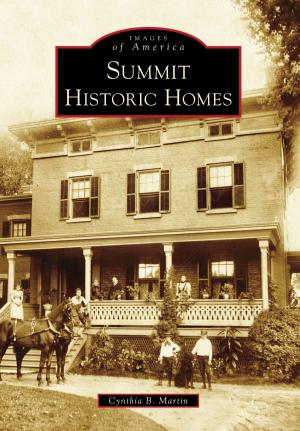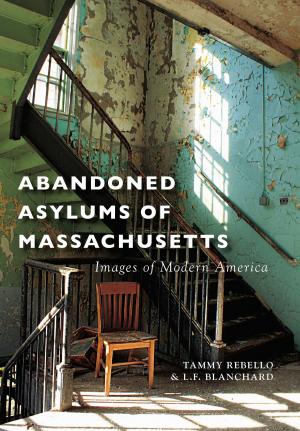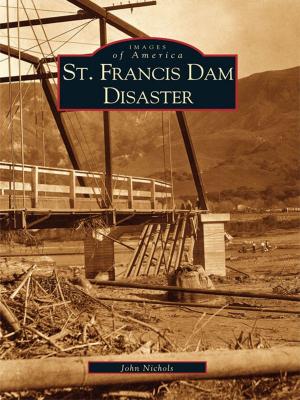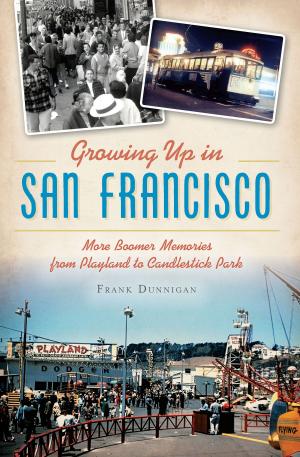Rochester's Downtown Architecture
1950-1975
Nonfiction, Art & Architecture, Photography, Pictorials, Architectural & Industrial, Architecture, Public, Commercial, or Industrial Buildings| Author: | Daniel J. Palmer | ISBN: | 9781439638545 |
| Publisher: | Arcadia Publishing Inc. | Publication: | May 10, 2010 |
| Imprint: | Arcadia Publishing | Language: | English |
| Author: | Daniel J. Palmer |
| ISBN: | 9781439638545 |
| Publisher: | Arcadia Publishing Inc. |
| Publication: | May 10, 2010 |
| Imprint: | Arcadia Publishing |
| Language: | English |
Following World War II, many American cities underwent a large-scale modernization to keep up with the changing times in business technology and architecture. With help from federal funding and planning, expansive and low-density modern projects replaced the crowded blocks of century-old buildings. State-of-the-art facilities featured large, open plazas that were the scenes of social and cultural events, attracting private developers to the city�s core. Due to its participation in new policies of planning and the efforts of its strong preservation community, Rochester is today an interesting and sometimes perplexing mixture of densely packed, ornamental-19th-century buildings and monumentally scaled and architecturally stark projects of the modern era. Rochester�s Downtown Architecture: 1950�1975 tells the story of the peak years of change to the built environment of Rochester�s downtown.
Following World War II, many American cities underwent a large-scale modernization to keep up with the changing times in business technology and architecture. With help from federal funding and planning, expansive and low-density modern projects replaced the crowded blocks of century-old buildings. State-of-the-art facilities featured large, open plazas that were the scenes of social and cultural events, attracting private developers to the city�s core. Due to its participation in new policies of planning and the efforts of its strong preservation community, Rochester is today an interesting and sometimes perplexing mixture of densely packed, ornamental-19th-century buildings and monumentally scaled and architecturally stark projects of the modern era. Rochester�s Downtown Architecture: 1950�1975 tells the story of the peak years of change to the built environment of Rochester�s downtown.















